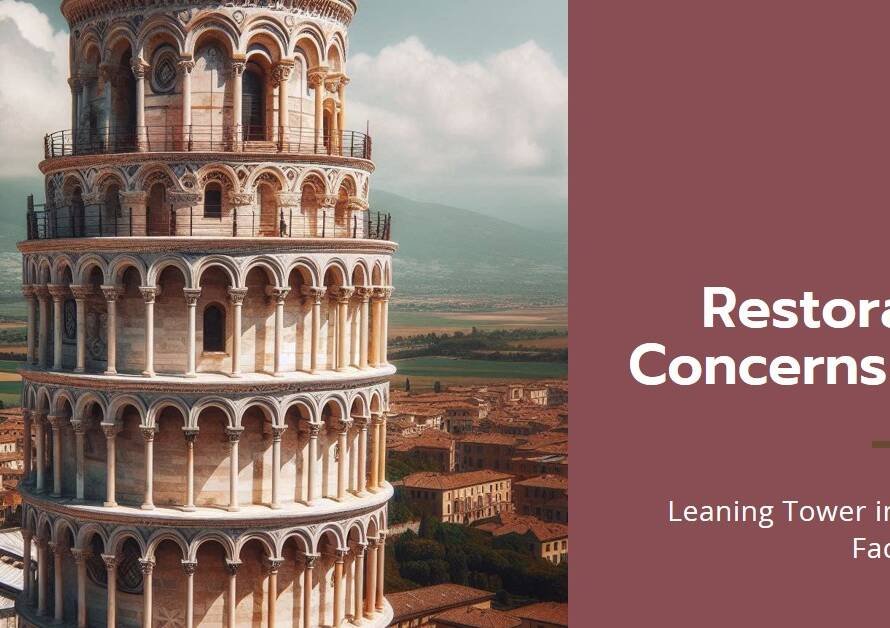
Table of Contents
- Introduction:
- Revitalizing Public Spaces: The Heartbeat of Urban Life
- Green Infrastructure: Sustainability at Its Best
- Transportation Innovation: Connecting People and Places
- Affordable Housing: Ensuring Inclusivity and Equity
- Smart Cities: Leveraging Technology for Better Living
- Community Engagement: Empowering Residents
- Health and Wellness: Designing for Better Living
- Resilient Cities: Preparing for the Future
- Cultural Preservation: Honoring Heritage
- Conclusion: The Transformative Power of Urban Planning
Introduction:
Urban planning is a multifaceted discipline that profoundly impacts the quality of life for residents in cities worldwide. By thoughtfully designing and managing urban spaces, planners aim to create environments that are not only functional but also sustainable, inclusive, and enjoyable. This blog post explores various real-world examples of how urban planning enhances the quality of life, showcasing innovative solutions and successful implementations.
Revitalizing Public Spaces: The Heartbeat of Urban Life
Public spaces serve as the lifeblood of urban environments, offering places for social interaction, recreation, and cultural expression. Urban planners recognize the importance of these spaces and work diligently to revitalize them, ensuring they meet the needs of diverse populations.
In New York City, the High Line is a stellar example of public space revitalization. Once an abandoned railway track, it has been transformed into an elevated park that attracts millions of visitors annually. This green oasis amidst the urban jungle not only provides a recreational space but also boosts local businesses and fosters community engagement.
Green Infrastructure: Sustainability at Its Best
Integrating green infrastructure into urban planning is essential for promoting environmental sustainability and enhancing the quality of life. Green roofs, urban forests, and permeable pavements are just a few examples of how cities are adopting sustainable practices.
Singapore, often hailed as a model of green urbanism, exemplifies this approach. The city’s extensive network of parks, green roofs, and vertical gardens not only beautifies the urban landscape but also improves air quality, reduces urban heat islands, and enhances biodiversity. This commitment to green infrastructure underscores the vital role of nature in urban settings.
Transportation Innovation: Connecting People and Places
Efficient and accessible transportation systems are crucial for the functioning of any city. Urban planners focus on creating multimodal transportation networks that connect people to places seamlessly, reducing traffic congestion and minimizing environmental impact.
Copenhagen’s commitment to cycling infrastructure serves as an exemplary model. With over 375 kilometers of dedicated bike lanes, the city has successfully integrated cycling into its transportation network. This not only reduces carbon emissions but also promotes a healthier lifestyle among its residents. The city’s bike-friendly culture demonstrates how thoughtful transportation planning can transform urban living.
Affordable Housing: Ensuring Inclusivity and Equity
Housing affordability is a pressing issue in many urban areas. Urban planners strive to create inclusive communities by ensuring access to affordable housing for all residents, regardless of their socio-economic status.
Vienna’s social housing program is a prime example of successful affordable housing initiatives. With over 60% of the population living in municipally owned or subsidized housing, Vienna has managed to provide high-quality, affordable homes for its residents. This approach not only prevents segregation but also fosters social cohesion and stability, proving that affordable housing is integral to improving the quality of life.
Smart Cities: Leveraging Technology for Better Living
The advent of technology has revolutionized urban planning, giving rise to the concept of smart cities. These cities leverage data and technology to optimize services, enhance efficiency, and improve the overall urban experience.
Barcelona stands out as a pioneer in smart city initiatives. The city has implemented numerous smart solutions, from intelligent street lighting to real-time traffic management systems. By utilizing data analytics and IoT technologies, Barcelona has enhanced public safety, reduced energy consumption, and streamlined city services. This integration of technology into urban planning exemplifies how smart solutions can significantly elevate the quality of life.
Community Engagement: Empowering Residents
Effective urban planning involves engaging the community in decision-making processes. By involving residents, planners can better understand the needs and aspirations of the community, leading to more effective and inclusive urban development.
In Portland, Oregon, community engagement is a cornerstone of urban planning. The city’s participatory planning approach invites residents to actively contribute to the development process, ensuring their voices are heard. This collaborative effort results in urban spaces that reflect the community’s values and needs, fostering a sense of ownership and pride among residents.


Health and Wellness: Designing for Better Living
Urban planning significantly influences public health by creating environments that promote physical activity, reduce pollution, and provide access to healthcare services. Planners focus on designing cities that support healthy lifestyles and enhance overall well-being.
Bogotá, Colombia, has made remarkable strides in promoting public health through urban planning. The city’s Ciclovía program, which closes major streets to motor vehicles every Sunday, encourages cycling, walking, and outdoor activities. This initiative not only promotes physical fitness but also strengthens community bonds and reduces air pollution, showcasing how urban planning can directly impact health and wellness.
Resilient Cities: Preparing for the Future
In an era of climate change and increasing natural disasters, building resilient cities is more important than ever. Urban planners are tasked with designing cities that can withstand and quickly recover from adverse events, ensuring the safety and well-being of their inhabitants.
Tokyo’s comprehensive disaster preparedness measures set a global standard for resilience. The city’s robust infrastructure, early warning systems, and stringent building codes mitigate the impact of earthquakes and other natural disasters. This proactive approach ensures that Tokyo remains a safe and secure place for its residents, highlighting the critical role of resilience in urban planning.
Cultural Preservation: Honoring Heritage
Urban planning also plays a pivotal role in preserving cultural heritage and fostering a sense of identity among residents. By integrating historical and cultural elements into urban development, planners ensure that the city’s unique character is maintained.
Kyoto, Japan, exemplifies the successful preservation of cultural heritage through urban planning. The city’s meticulous efforts to protect its traditional architecture, temples, and gardens have maintained its historical charm. This balance between modernity and tradition enriches the urban experience, allowing residents and visitors to connect with the city’s rich cultural legacy.
Conclusion: The Transformative Power of Urban Planning
Urban planning is a powerful tool that shapes the quality of life in cities across the globe. Through innovative solutions and community-centric approaches, urban planners create environments that are sustainable, inclusive, and resilient. The real-world examples highlighted in this blog post demonstrate the profound impact of urban planning on enhancing the quality of life, inspiring cities worldwide to strive for better living conditions for their residents.


